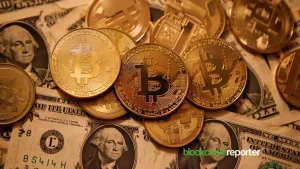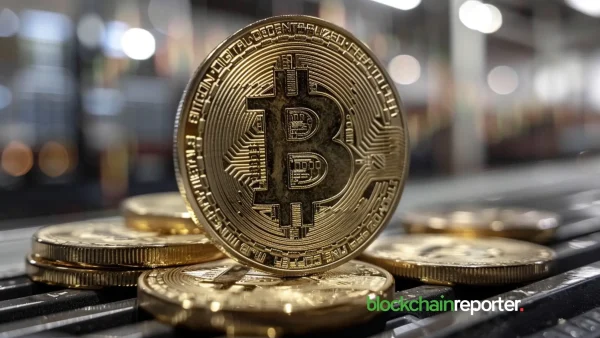
Coinbase, the paramount U.S.-based digital currency exchange, announced its entry into the crypto futures trading arena. The move is anticipated to amplify the versatility of crypto investment avenues available to eligible U.S. clientele. The exchange’s recent strides offer a glimpse into the evolving contours of the digital trading space.
According to the latest communication from the company, Coinbase’s foray into the futures trading segment is underpinned by regulatory green lights.
A Step Forward: Coinbase’s Regulatory Milestone
Coinbase Financial Markets Inc. illuminated the path ahead by declaring its attainment of the requisite regulatory nod from the National Futures Association (NFA). This self-governing body, which operates under the aegis of the Commodity Futures Trading Commission, has bestowed upon Coinbase the authority to function as a futures commission merchant (FCM).
This facilitates Coinbase’s provision of crypto futures to a specific demographic of its U.S. users directly from its trading platforms.
Greg Tusar, donning the hat of Coinbase’s Vice President of Institutional Product, elucidated the significance of this achievement. He underscored that Coinbase takes pride in its position as the foremost “crypto-native leader” seamlessly integrating traditional spot crypto trading with regulated crypto futures for its authenticated customer base.
He reflected upon the exchange’s strategic move in September 2021 to lodge an application with the NFA for FCM registration. In his discourse, Tusar emphasized the global crypto derivatives market’s prominence, accounting for approximately three-fourths of the global crypto trade volume.
The Implications: Diversifying Crypto Trading Strategies
One cannot understate the benefits that futures trading can bring to the table. As Tusar highlights, futures trading can potentially enable traders to wield the power of leverage, allowing a more profound market engagement with relatively lesser initial investments than orthodox spot trading.
The flexibility it affords to investors, enabling them to adopt both long and short stances, can be instrumental in devising risk management strategies for their crypto holdings.
In tandem with its commitment to enriching its offerings, Coinbase divulged its plan to allow customers a direct conduit to futures via Coinbase Financial Markets. This development isn’t isolated.
The past year witnessed Coinbase’s strategic acquisition of FairX, which now operates under the moniker Coinbase Derivatives Exchange. This exchange, welcoming a diverse cohort including third-party brokers and market makers, has already made waves with a substantial liquidity pool.
Tusar’s data indicates a cumulative notional volume of BTC and ETH futures trading surpassing $6.7 billion.
To cater to the discerning needs of institutional clients, June saw the Coinbase Derivatives Exchange roll out novel bitcoin and ether futures contracts. Additionally, there’s an increasing institutional appetite for avant-garde derivatives products, evidenced by last year’s launch of “nano” Bitcoin and Ether contracts by the exchange.








